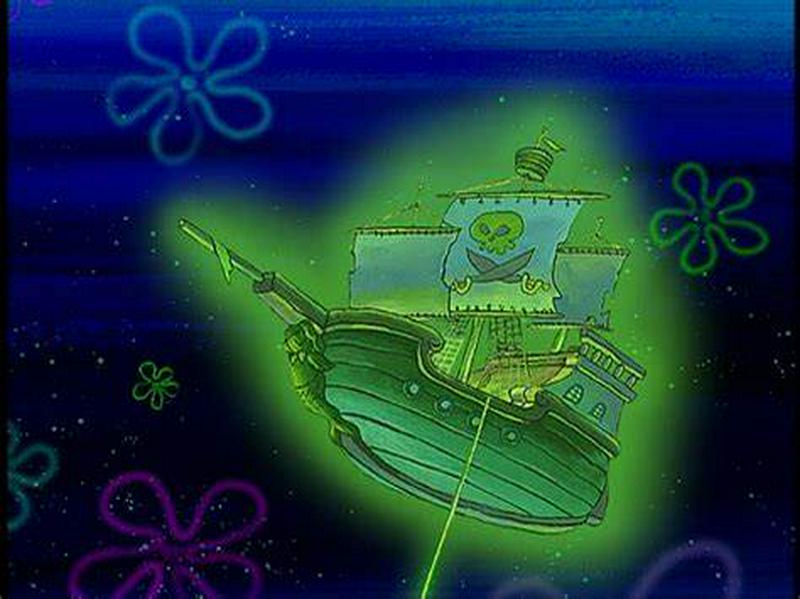From Davy Jones’s Locker to the Flying Dutchman: The Origin of a Nautical Legend
By | May 4, 2019

Many people will recognize Davy Jones as the name of the tentacle-faced villain of Disney’s Pirates of the Caribbean movies. Others may remember him from an episode or two of SpongeBob SquarePants. Both works loosely based their characters on the nautical superstitions of the 18th and 19th centuries; however, the true origin of the legend may go back even further.
The phrase “Davy Jones’s Locker” is often used to describe the ocean floor, which is the final resting place for many sailors, as well as their ships, who were lost at sea. Due to this connection with death, “Davy Jones’s Locker” represents the afterlife for pirates and seaman. By extension, Davy Jones is often associated with the devil or thought to be a god of the seas. However, the origins of the legends surrounding Davy Jones and his infamous Locker are disputed among historians.

In most iterations of the legend, Davy Jones is the captain of a ghost ship named the Flying Dutchman, doomed to sail the seas for eternity without ever making port. Some believe the stories were based off a pirate captain from the 1630s named David Jones; however, most historians doubt this conclusion as David Jones simply was not famous enough to have achieved such notoriety.

Other stories portray him as a former pub owner who would imprison his intoxicated customers in his locker before selling them as slaves. According to this version of the tale, he became a pirate after his pub went under and he began capturing other ships and their crews. He would decapitate most of the crew members, but the others would be imprisoned onboard his ship as he sank it. Yet another version associates Davy Jones with a nearsighted sailor named Duffer Jones who was known to fall overboard frequently.

A 19th-century dictionary identifies Davy Jones as the ghost of Jonah, the biblical prophet who disobeyed God. In one version of this story, God punished Jonah by making him “the devil of the seas” and Jonah’s own crew killed him. In another version, Jonah is swallowed by a whale, where he was trapped for a few days before being expelled. In this version, Jonah’s time in the well is connected to Davy Jones’s Locker.
Welsh legend has Davy Jones as the patron saint, St. Davis, who protects the good sailors while condemning the immoral to his Locker. He is also linked to a West Indian ghost named Duppy, who haunts people at night. In other stories, Davy Jones is synonymous with Satan.

Regardless of its origins, the legend of Davy Jones has made its way into popular culture. Long before the film and television appearances mentioned above, references to the pirate lore could be found in literature. The earliest literary mentions were Daniel Dafoe’s Four Voyages of Capt. George Roberts (1726) and Tobias Smollett’s The Adventures of Peregrine Pickle (1751). The first mention of his infamous locker appeared in an 1803 Naval Chronicle. He went on to appear in Washington Irving’s Adventures of Black Fisherman (1824), Edgar Allan Poe’s King Pest (1835), Charles Dickens’ Bleak House (1852-53), Herman Melville’s Moby Dick (1851), and Robert Louis Stevenson’s Treasure Island (1883). During the 20th and 21st centuries, references to the legend continued to appear in literature as well as film, television, and even video games. While the legend’s origin may be a little murky, its end is nowhere in sight.

